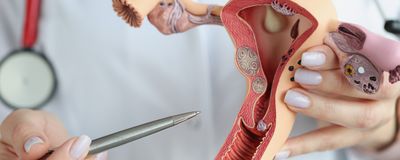organ on a chip

2024 Top 10 Innovations
The Scientist Staff | Dec 13, 2024 | 10+ min read
The latest group of winning technologies has a little something for everyone—from scientists at the lab bench to those in the clinic and even the classroom.

CN Bio launches PhysioMimix Bioavailability assay kit: Human 18
CN Bio | Nov 14, 2024 | 3 min read
Harnessing the capabilities of the PhysioMimix Multi-organ System, the kit enhances lead optimization and preclinical testing pipelines, providing an all-in-one solution to generate predictive insights into human oral bioavailability, and better inform lead candidate selection.

Emulate, Inc. Unveils the Chip-R1™ Rigid Chip with a Minimally Drug-Absorbing Profile to Improve Biological Modeling for ADME and Toxicology Applications
Emulate | Oct 1, 2024 | 2 min read
Constructed using low-drug-absorbing plastics, Chip-R1 builds upon the core microfluidic design of Organ-Chips, offering researchers greater precision in predicting human drug responses.

Researchers Use Groovy Science to Understand Gut Feelings
Iris Kulbatski, PhD | Jul 17, 2024 | 4 min read
A new microfluidics cell culture model recapitulates the basic biology of gut touch.
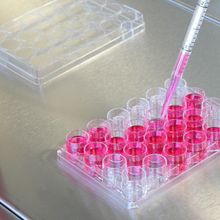
Understanding the 3D Cell Culture Revolution
Rebecca Roberts, PhD | Apr 17, 2024 | 6 min read
3D cell culture techniques closely mimic in vivo conditions, generating more accurate data for disease modeling and drug toxicity testing.
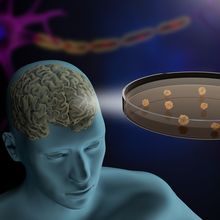
Levitating Organoid Cultures to Reach Higher Research Heights
LevitasBio | Dec 18, 2023 | 1 min read
Scientists turn to technologies that uplift organoid research, from the first intestinal organoids to the future of scaled-up screening.

Last Chance to Enter Our Annual Top 10 Innovations Contest
The Scientist | Jul 11, 2022 | 1 min read
There is only one week remaining to submit your new product to vie for a coveted spot in The Scientist’s 2022 competition.
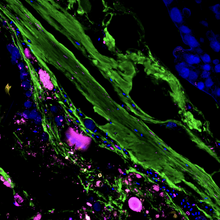
Mapping the Neighborhoods of the Gut Microbiome
Abby Olena, PhD | Jul 1, 2022 | 7 min read
Researchers are going beyond fecal samples to understand how the patterns of commensal microbes in the gastrointestinal tract influence development and health.

Connect the Bench to the Bedside with Organ-on-a-Chip Technology
Emulate | Jun 9, 2022 | 1 min read
Organ chips are physiologically relevant models for drug toxicity testing.
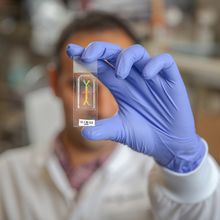
A New Model of Lung Disease Paves the Way for Personalized Treatments
Nele Haelterman, PhD | May 9, 2022 | 4 min read
Scientists engineered a lung-on-a-chip model from patient cells that mimics cystic fibrosis.

The Scientist Speaks - Preventing the Next Pandemic With Organ Chips
Nele Haelterman, PhD | Mar 30, 2022 | 1 min read
Don Ingber discusses how organ-on-a-chip technology helps identify, study, and combat viral variants that could cause the next pandemic.

2021 Top 10 Innovations
The Scientist | Dec 1, 2021 | 10+ min read
The COVID-19 pandemic is still with us. Biomedical innovation has rallied to address that pressing concern while continuing to tackle broader research challenges.

Q&A: Organs on a Chip Head to the International Space Station
Emma Yasinski | May 1, 2019 | 4 min read
Lucie Low, a project leader for Tissue Chips in Space, describes the experiments that are slated to blast off later this week.
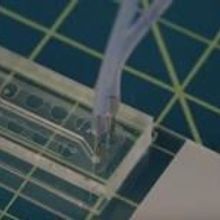
Smoking on a Chip
The Scientist | Aug 31, 2017 | 1 min read
A new device from the Wyss Institute at Harvard University simulates the effects of cigarette smoke on human lungs.

Menstruation on a Chip
The Scientist | Aug 29, 2017 | 1 min read
This device models the female reproductive tract and might lead scientists to a greater understanding of fibroids, cancer, and infertility.
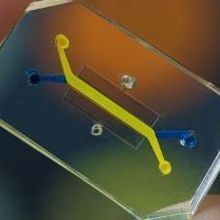
Organs on Chips
Diana Kwon | Aug 28, 2017 | 7 min read
Scientists hope that these devices will one day replace animal models of disease and help advance personalized medicine.
